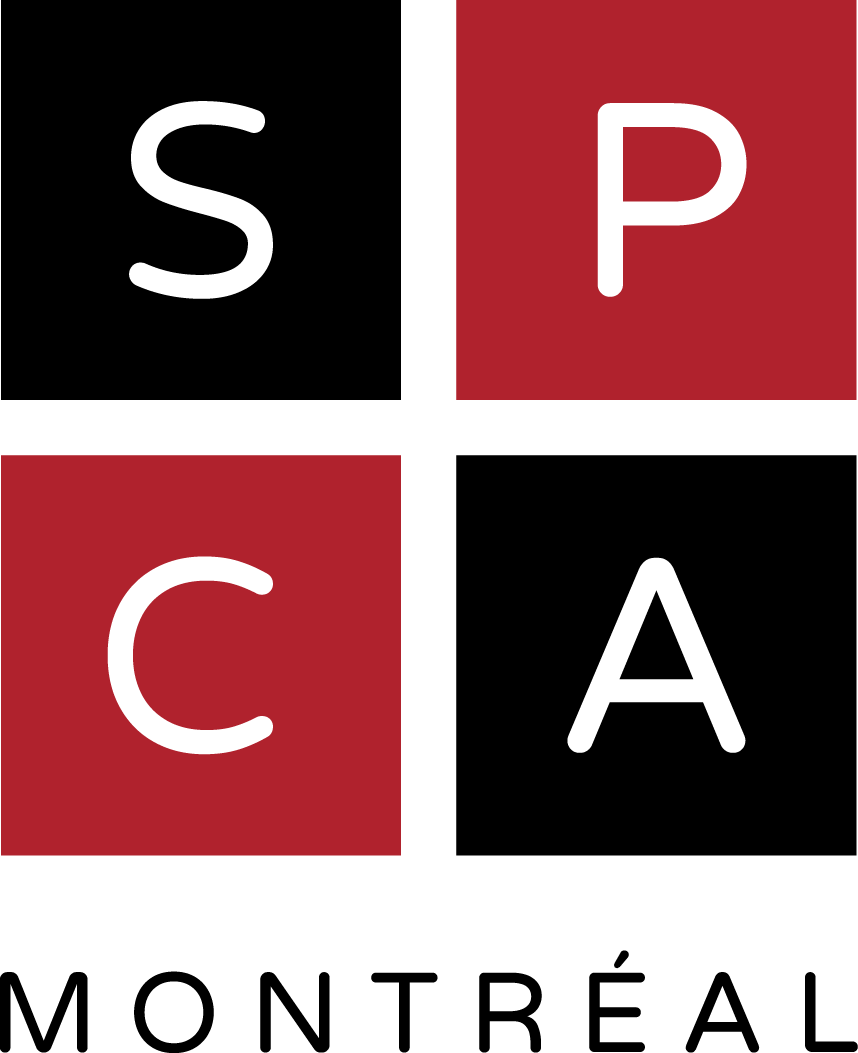By Amélie Martel, Animal Welfare Director
As you probably know, socializing is a critical period in puppies’ development that helps them become well-adapted canine citizens. Puppies with proper socialization grow into dogs who are better equipped to deal with the human world that is often complex for them.
Until around four months of age, puppies are like sponges. They learn so much from all their experiences and this learning stays engraved in their long-term memory. For instance, it teaches them to distinguish friend from foe, and scary from safe. This is why it’s important to positively expose your puppy to different people and animals if you don’t want them to chase or be frightened by others.
Also, puppy training during this period not only prevents multiple behavioural problems, it will save you a lot of time during doggy adolescence and adulthood. Sure enough, undesirable behaviours that have become habit are much more difficult to change!
It may feel like properly socializing and adequately training your puppy during the pandemic is impossible without the usual access to personal dog trainers and classes. To prevent abandonment and boost new doggy parents’ confidence, the Montreal SPCA would like to share a few tips to help you make sure your puppy is optimally socialized.
At their pace
To start, remember that each puppy is an individual. Even if you got your puppy at eight weeks, they already have rich life experience and their very own genes. There can even be big differences between puppies in the same litter. As a result, advice from friends or family members that worked for theirs may not be right for yours (and vice versa!).
Ideally, you should take a careful and gentle approach to socializing your new canine companion to avoid trauma during this critical period of development.
New, but not stressful!
Everything is new for your puppy! The rule of thumb for successful socialization is to introduce your puppy to the world gradually with the help of reinforcements (usually treats) to forge positive associations with the sounds, textures, objects, people and animals they discover each day. Your aim should be to make all this novelty fun for your puppy, not stressful or scary.
You need not go very far to find something new, even when sheltering in place. For example, you can play sounds on your computer (sirens, children yelling, dogs barking, fireworks popping or construction noises) while your puppy plays with a favourite toy or eats a meal. The advantage of this is that you can adapt the volume of the sounds to your puppy’s comfort level. This is much more difficult in the real world. We can also bring the outside indoors so your puppy very gradually gets familiar with certain objects (bikes, skateboards, scooters, etc.) or you could play dress-up so that they understand humans look different. Kids can have fun picking which new everyday items to positively introduce to your puppy (baseball cap, sunglasses, backpack, etc.)!
Once your puppy is comfortable indoors, you can try some outside exercises that comply with social distancing directives. For example, when you take a walk, sit near a bike path to feed your puppy so they can watch the cyclists and rollerbladers go by.
Even though contact between people and dogs is at a strict minimum right now, you can still praise your puppy every time they see a dog along your walk, to create a positive association with canine peers. Also, don’t forget that even if the lockdown is lifted tomorrow morning, no puppy should go from very limited contact with other dogs to total immersion in a dog park or dog café! It’s important to increase socializing progressively, one day at a time.
No matter what element is new, your puppy shouldn’t feel pushed or trapped. They should be able to get used to each new thing at their own pace. If they try to distance themselves from the new thing, respect their need for space and don’t force them into anything. For instance, your pup shouldn’t be stuck in your arms when they meet a new dog or human. They need the option to run away if they feel like it.
Grooming
Imagine if the first time your puppy leaves home after the lockdown, you go to the vet to get your puppy shaved, cut their nails and be vaccinated. Talk about traumatic!
The best is not only to prepare your puppy adequately for their first visit to the vet, but also to do what grooming you can at home so this first appointment isn’t overwhelming.
Be sure to pet your dog in several places (ears, muzzle, feet, etc.) and make it a pleasant experience. You can also slowly and gradually introduce certain basic care accessories, including a nail clipper, syringe, stethoscope, razor, brush, etc. If you always associate these objects with a treat, their appearance won’t be scary at all!
It’s also important to take one step at a time and not insist when your puppy has had enough. For instance, it would be too much too fast to go from showing your puppy the nail clipper to trimming all their claws in just a few days. This would be more likely to create a negative association than help your puppy get used to the nail clipper. Socialization is not a race!
Alone time
One of the most important points to make here, given the current context, is that we are almost always at home with our puppies! Although this may seem positive for their training, we mustn’t forget that the situation won’t last forever and that, if we don’t get them used to being alone, it’ll be tough for our puppies when we go back to our normal routines.
Making them spend a little time alone every day is the best way to avoid ending up with a puppy with behavioural problems once the kids are back at school or you’re back to work. Even if you can’t leave your apartment, you can create the same conditions by going into another room. For example, hide your puppy’s kibble in the living room so they “look for their meal” while you do the cleaning up in the kitchen. They can come and join you once the game is over but, in the meantime, they’ll have had fun even though you weren’t there.
So that they don’t associate being alone with boredom or unpleasantness, always be sure to leave your puppy an enjoyable activity during these “simulated absences” and to increase their length very gradually. Once again, don’t go from a simulated absence of 10 minutes to 8 hours a day. Making a schedule of progressively longer separations will increase the odds of things going well once you get back to normal activities.
Bad habits
The behaviours your puppy learns during socialization are those that will become the most ingrained. As a result, if an undesirable behaviour is reinforced during this period, it will be tough to get rid of it once your dog becomes an adult.
Among the behaviours to avoid are jumping on people, protecting food, barking or whining for attention and, especially, chewing on clothes or hands. Most of these behaviours are completely normal for dogs, although not all of them are socially acceptable in our society. It’s important to teach and reinforce the behaviours we expect of our dogs if we want our puppies to know these behaviours and be willing to perform them. For instance, we can’t expect our dogs to sit when strangers come to the door if they don’t know that this is the rule or, worse, if they don’t even know how to sit! It’s a good idea to agree on the rules with everyone in your household and to be consistent in your training so that your dog knows what to do and when.
Conclusion
When socializing your puppy, the quality of their experiences is more important than the quantity. Remember that each new situation is stressful for your pup and therefore you need to follow their pace. It’s also important to be prepared and always have your puppy’s favourite treats on hand, both to create positive associations with new things and to reinforce the good behaviours you want your dog to perform (sitting, lying down, being calm on the mat, etc.). Puppy/dog treats should be small. You can use food to reward him throughout the day rather than feeding them from a bowl.







